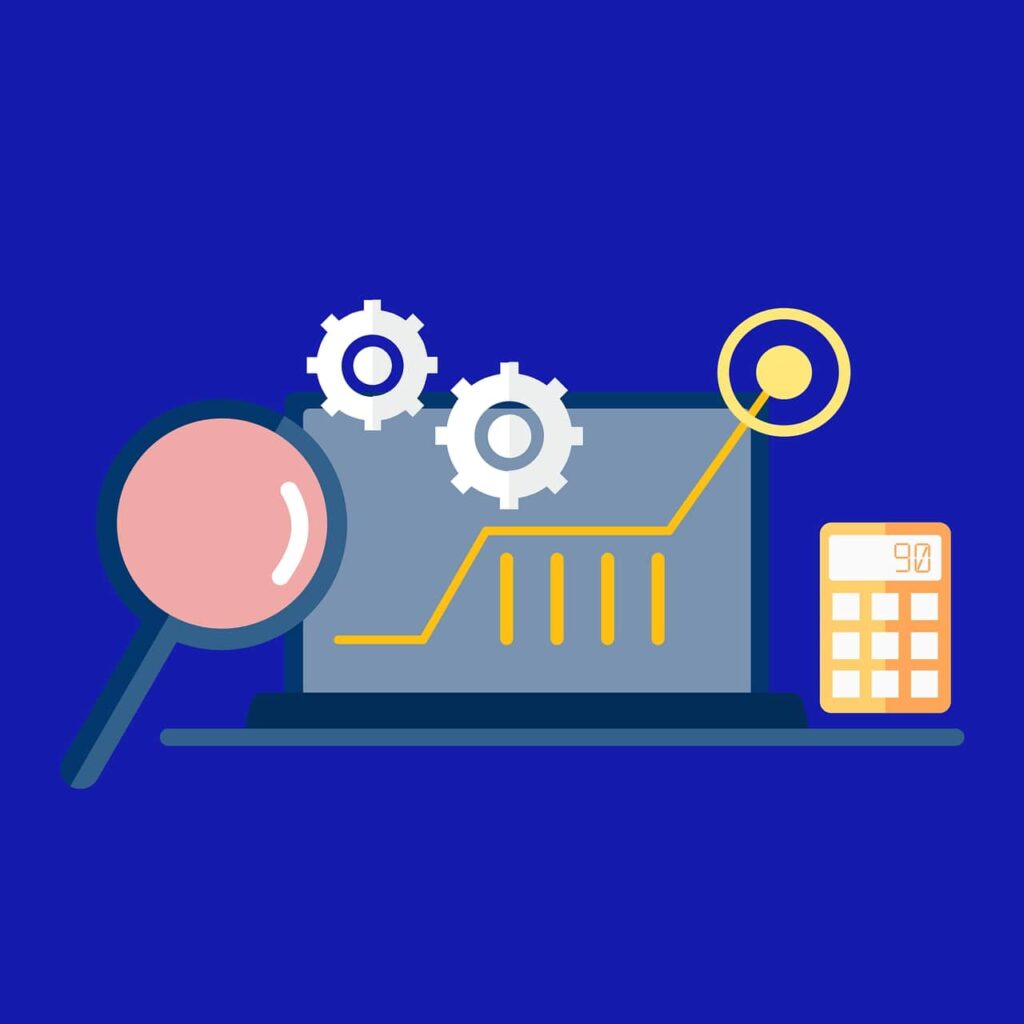Modern data reporting tools are smart, dynamic solutions for today’s fast-changing business needs. You get actionable knowledge presented in practical ways, not just bland charts and graphs.
To provide insight into what they can do, here’s an overview of the features shaping smarter decision-making in organizations of all sizes right now. These advancements make data easier to understand and quicker to act upon.

Image Source: Pixabay
Real time data updates and synchronization
Modern reporting tools deliver up-to-the-minute data, keeping insights accurate and relevant. Businesses no longer wait hours or days for refreshed reports.
These systems automatically pull from live sources, ensuring metrics reflect current conditions. For example, a retail company can monitor daily sales trends as they happen.
This feature minimizes outdated decisions by offering synchronized updates across platforms like CRM systems or inventory trackers. Teams can act faster and more confidently because everyone sees the same real-time information. It’s equivalent to having a news feed tailored to your business operations, giving you clarity when it matters most.
Customizable dashboards for specific business needs
Not every business measures success the same way. Custom dashboards allow users to focus on what matters most, and the right data can drive growth by 25%, so it’s work seeking out.
These dashboards let you arrange widgets, filters, and metrics according to your priorities. For example, a marketing team can highlight campaign performance data while finance tracks revenue streams.
This flexibility eliminates clutter by presenting only relevant information. Managers and teams save time without sifting through irrelevant numbers or charts. With drag-and-drop simplicity in many tools, creating these personalized views feels as intuitive as organizing apps on a smartphone screen, serving up clearer insights with minimal effort.
Integration with third-party platforms
Data reporting tools seamlessly connect with systems like CRMs, ERPs, and social media analytics. This integration ensures all data flows into one centralized hub for analysis.
For instance, a sales team can link their CRM to track lead conversions alongside performance metrics in real-time. Marketing departments may directly pull campaign data from ad platforms into reports without manual exports.
These integrations simplify workflows by automating processes that used to be time-consuming. By bridging multiple platforms, businesses eliminate silos and create a clearer picture of operations, making it easier to align strategies across departments effectively.
Advanced visualizations for better storytelling
Effective data reporting relies on visuals that simplify complex information. Tools now offer dynamic charts, heatmaps, and layered graphs to make reports more engaging.
Solutions such as the ActiveReports.NET reporting framework enable users to create tailored visual representations that match their specific goals. For example, interactive geospatial graphics can map sales trends across regions.
These advanced visuals help stakeholders understand insights at a glance. Whether presenting quarterly results or operational KPIs, clear and creative designs transform raw numbers into compelling narratives for better communication and decision-making outcomes.
AI-powered insights and predictions
Modern tools leverage artificial intelligence to do more than just report numbers. AI identifies trends, detects anomalies, and forecasts future outcomes based on historical data.
For example, an e-commerce platform might use predictive analytics to anticipate sales spikes during promotional events. AI can also pinpoint underperforming areas that need attention and offer actionable recommendations for improvement.
These features eliminate guesswork by providing data-backed insights tailored to your business needs. With machine learning continuously refining predictions over time, organizations gain a competitive edge by acting proactively rather than reactively in fast-changing markets or environments.
Interactive reporting features that drive engagement
Static reports are outdated. Modern tools offer interactive elements like drill-down options, filters, and clickable charts to explore data in depth.
For example, users can click on a specific region in a sales chart to see detailed figures for that area. Teams filter data by date ranges or product categories without creating new reports.
This interactivity promotes hands-on engagement with insights, encouraging better collaboration across teams. Allowing users to customize views as they explore the data lets companies ensure that decision-makers can focus on what’s relevant while uncovering meaningful patterns effortlessly during analysis sessions.
Wrapping up
Modern data reporting tools go beyond traditional spreadsheets. They empower businesses with smarter features, real-time insights, and interactive capabilities tailored to their needs.
Adopting these advancements lets organizations streamline decision-making, improve collaboration, and stay ahead in competitive markets. The right tool transforms raw data into actionable knowledge that drives success.
